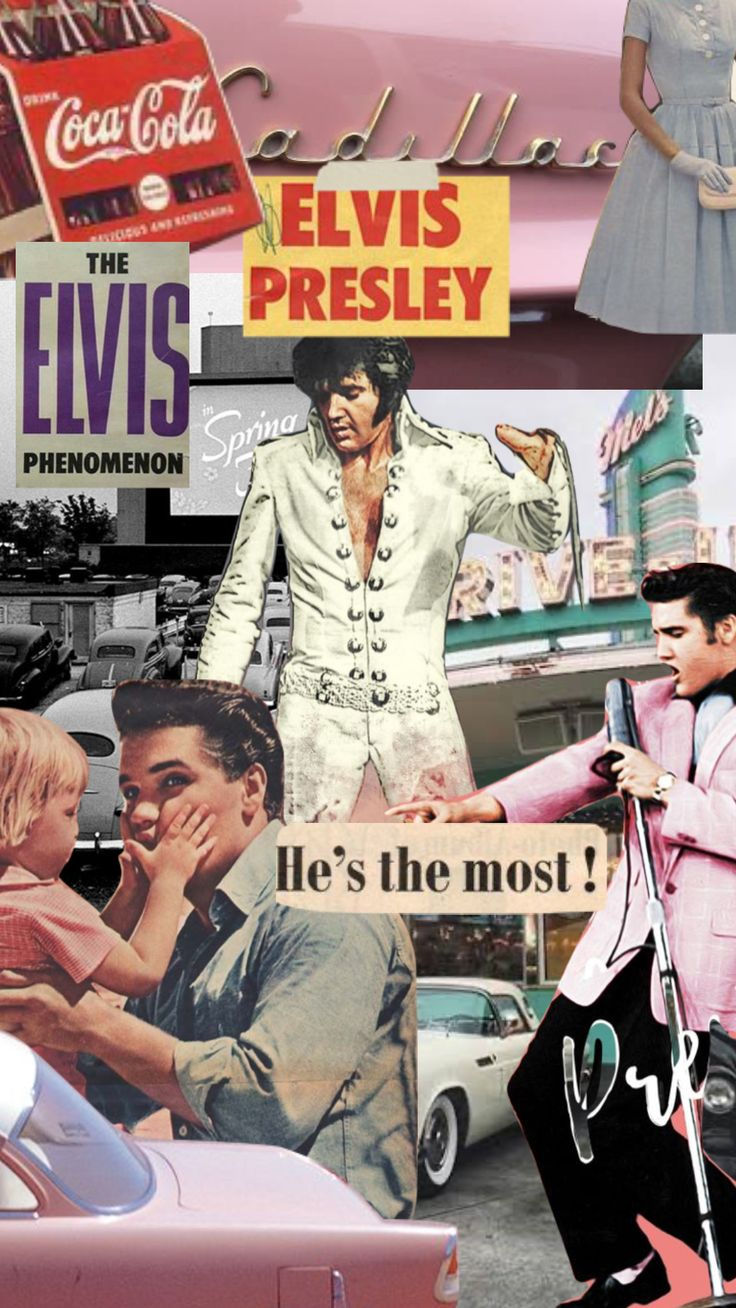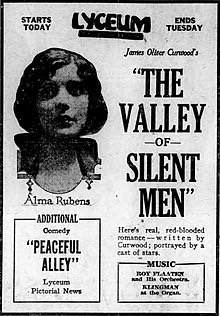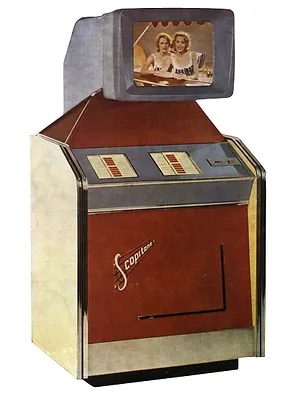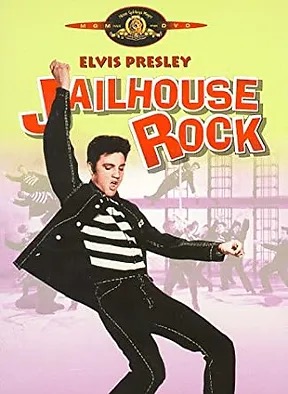History of music videos
- noorulfaj2216
- Nov 10, 2023
- 4 min read
Updated: Feb 27, 2024

What are music videos?
A music video (also video clip, promo ) is a short film meant to present a visual representation of a popular music song.
Music videos were primarily made and used as a marketing device intended to promote the sale of music recordings .A music video or song video is a short film integrating a song and imagery, produced for promotional or artistic purposes.
A Music Video is a part of the marketing strategy, a marketing tool promoting an artist, a single or an album.
Music video have a history during the earliest days of film .Some suggest that the first music video was created in 1894 by Joseph Stern and Edward Mark, who set a recording of their song “The Little Lost Child” to a moving slide show and marketed it as an “illustrated song.”
Early promotional shorts were sometimes set to music and many early Disney films were based around songs from upcoming films.
Silent musicals 1920s
Starting from the 1920s when silent films were marketed showing of silent films almost always featured live music, starting with the pianist at the first public projection of movies.
The valley of silent men a musical from the 90s.
The talkies 1926
Synchronized sound was only made practical in the late 1920s with the perfection of the Audio amplifier tube and the introduction of the Vitaphone system.
After the release of The Jazz Singer in 1927, "talkies" became more and more commonplace.
Vitaphone shorts (produced by Warner Bros.) featured many bands, vocalists and dancers.
Early 30s
Early 30s was the rise of cartoonish videos where Disney got the grip of it in its movies. Other example can be Looney toons. cartoons featured popular musicians performing their hit songs on-camera in live-action segments during the cartoons.
Soundies
Another early form of music video were one-song films called Soundies made in the 1940s for the Panoram visual jukebox . Thousands of Soundies were made, mostly of jazz musicians. These were short films of musical selections, usually just a band on a movie-set bandstand, made for playing.
1950s
In the late 1950s the Scopitone, a visual jukebox, was invented in France and short films were produced by many French artists, such as Serge Gainsbourg, Françoise Hardy, Jacques Brel, and Jacques Dutronc to accompany their songs. In the 1950's, short musical clips were made as fillers for television shows. Apart from that, films that included music performances were also created, such as "Jailhouse Rock", which was a film starring Elvis Presley. Jiles Perry Richardson, also known as "The Big Bopper", has been given the credit of producing one of the first music videos in 1958. In the late 50's, Scopitones were created, which was a type of jukebox similar to a panoram, but had colour and had 36 films (or soundies) to watch.
1960s
music videos were made popular on television
Video Killed the Radio Star' By The Buggles Ironically enough, the first music video to launch on MTV was “Video Killed The Radio Star” from The Buggles.
Also Beatles had a long lasting impact on the making of music videos, and just music in general. The videos for “Strawberry Fields Forever” and “Penny Lane” included creative elements, such as slow motion, reverse editing, and experimented with different themes and moods, bringing about a change to conventional music videos or short films
Musical in films
Music featured in films got popular in the 50s. Like Elvis Presley movies

In the 1970's, music videos were displayed on television in multiple countries, and Queen, in 1974 released Bohemian Rhapsody. Therefore, music videos were gaining popularity across the world
Videos began to be
produced for music programs such as Top of The Pops in Britain and Hullabaloo in the USA
Promotional clips for groups began to be produced , especially the Beatles in the 1960s and then other groups in the 1970s
1981
In 1981 , the U.S. video channel, MTV, was launched, beginning an era of 24-hour-a-day music on television.
The first video ever played was The Buggles “Music Killed the Radio Star”
With this new outlet for material, the music video would, by the mid-1980s, grow to play a central role in popular music marketing. Many important acts of this period, most notably Adam and the Ants, Duran
Duran and Madonna, owed a great deal of their success to the skillful construction and seductive appeal of their videos.
Two key innovations in the development of the modern music video were the development of relatively inexpensive and easy-to-use video recording and editing equipment, and the development of visual effects created with techniques such as image compositing. The advent of high-quality color videotape recorders and portable video cameras coincided with the DIY ethos of the new wave era, enabling many pop acts to produce promotional videos quickly and cheaply, in comparison to the relatively high costs of using film. However, as the genre developed, music video directors increasingly turned to 35 mm film as the preferred medium, while others mixed film and video.
In 1992 MTV Started listing directors with the artists and song credits. Showed that music videos had increasingly become auteur's medium
By 2005 Youtube was launched making the music videos promotion and distribution more easier.











Comments